
◄ Image Source: whycatwhy.com/decode-your-cats-tai
One of the most common questions people ask about cats is why they wag their tails and what it means.
Now, I’ve had one or more cats in my family all my life growing up and most of my adult life… and that question threw me for a loop. As unimportant as the subject matter might be to many, I had to find out. Besides, I never thought of what cats do with their tails as “wagging”.
All animals have ways to express their feelings. Presumably, Cat Feelings are not too complex, and you would think that human beings, with all their brain power and never-ending emotions, would have figured out the simplistic ways our domesticated animals try to communicate with us. But I’m not sure if most humans get it.
Cats use every possible means to let humans and other animals know how they are feeling. Their body movements, eye movements, overall body posture, attentiveness, vocal sounds, and tail movements all send a message to whomever can read it. Despite all the signals, humans find it easy to misread a cat’s behavior.
Pet owners [fur-baby parents] should be ‒ and probably are ‒ able to read their cat’s tail the way most of us read facial expressions of people, and know how to give back signals to their cats. Experts say you can communicate with your cat through eye contact. When a cat makes direct eye contact with a blink, they are communicating affection and comfort to you. To communicate your love, you can offer treats and loving pats.
So, the answer to the big question is not too difficult: Cats use their tails to communicate their feelings.
To understand what your cat is trying to tell you with their tail, it help to understand a little about the physiology and how it moves.
● Cat's Tails Vary In Length
Cat tails are different lengths, depending on the breed. A cat’s tail length is governed by he number of vertebrae in the tail, and different breeds have different numbers, the average being 19-23 vertebrae. With the majority of the species, the tail comprises 10% of the bones in a cats’ body.
● Cats’ Tails Are Highly Muscled and Flexible
Since cats have so many vertebrae in their tails, they also have a whole army of muscle groups, tendons, ligaments, and nerve endings which contribute to an effective network of signals and muscle responses. This makes the tail very flexible, allowing cats to move the whole tail or only a few vertebrae at a time.
● Cats’ Tails Are Highly Sensitive To Touch
Because of the complex network of nerves, muscles, and sensory input in a cat's tail and spinal column, they usually dislikes her tail being touched. Their physiology also allows cats to raise and lower the hairs of the tail.
Their physiology gives cats a range of movements of the tail, and each one means something in terms of how the cat feels and its moods. Their communication is not just the nature of the movement, but also the up or down position, the direction, and speed of types of movements.
This chart from whycatwhy.com/tail-decoding-masterclass/ gives a quick guide to Cat Tail Reading.
The low flick tail wag is a quick back and forth action means the cat is unhappy and want to be left alone.
● Low Wagging
If your cat’s tail is low wagging, that is generally an indicator that they’re scared. Their ears may also be pinned back, their body crouched low to the ground. If they’re really scared, they might tuck their tail between their legs too.
● Slow swish
A slow swish of the tail from left to right means the cat is mildly annoyed. Back off if you see this as it could quickly transform into the angry low flick.
● Quick swish
The quick swish from side-to-side occurs when your cat is feeling playful and will often be followed by a pounce. This behavior is most commonly seen when playing with toys or another cat and will be coupled with dilated pupils and forward pointing ears.

A short, quick twitch usually implies concentration. You’re most likely to see this cat tail language when they’re window watching a small critter or bird, and they may even display strange cat sounds like chirping or chattering. The cat in the photo is probably quick-twitching her tail.
Image Source: catvills.com/why-cat-stare
The tail quiver means the cat is excited to see you! Your cat will approach you with their tail high up in the air and the tip will do a little quivering movement, similar to how a rattlesnake shakes their tail. This signals to you or other cats that they’re ready for interaction and will usually purr, rub their face on you and sometimes might also meow happily.
● Sleep twitch
Sometimes when your cat’s sleeping and you pet or talk to them, she might give you a sleep twitch of the tail. This cat tail language is their way of saying, “I know you’re there, but I feel safe enough to carry on snoozing anyway.”
● Waving tail while lying down
Cat expert Dr. Ernie Ward suggests that sometimes cat tail wagging may indicate the animal is in pain or feeling unwell. If your cat’s lying down and waving their tail whilst also behaving out of sorts – such as going off their food or spending a lot of time in hiding – they may be feeling under the weather. If you’re concerned about your cat’s health, take them to the vet as soon as possible for a diagnosis.
● Wrapping tail
Occasionally, when your cat wants to show you affection, they may wrap their tail around your hand, arm, leg, or even neck. However, this is less common as most cats tend to display their love for you in the form of head butts instead.
● Fluffed up tail
A fluffed up tail occurs when the cat feels she in danger. They generally do this during a confrontation ‒ dog, cat, human, or maybe with your super scary robot vacuum cleaner. According to experts, cats puff up to try and make themselves look larger and scarier to their foe, which is also why they’ll arch their backs.
Depending on how felines wag their tails, they may be expressing fear, annoyance, pain, restfulness, playfulness, and happiness. I have no way of knowing what kind of emotions cats may have, and just six seems rather simplistic even for a cat.
For lack of a better and more inspired way to put together Cat Feelings in relation to Cat Tail Movements, I’m going with the six general emotions that are readily “readable” in the tail movements plus a few others I could find references about. So we begin.
Image Source: petmd.com/cat/behavior/cat-wags-tail ▼
Felines wag their tails in a slow and sultry way to show its contentment. It’s less a wag than the cat simply lifting their tail, vertebrae by vertebrae, with a little hook curve on the end. They will do this even when lying down, lifting the tail off the surface they are lying on and then letting their tail uncurl again. There are several emotions under the title of Happy Cat.
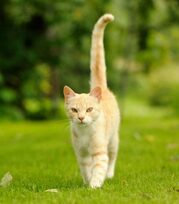
When a cat is confident, she will walk around with the tail straight up gently wagging at the tip. It is the sign of a happy and fearless cat. It is a spirited attitude that helps other cats know that your pet is open to communication.
◄ Image source: teddyfeed.com/cats-tail-movements
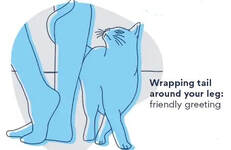
An upright, gently swaying tail is your cat's way of greeting you. She’s saying hello! The tail will often quiver, signaling your cat is happy to see you and would like a petting, please! You'll often see the same greeting between two cats, followed by gentle rubbing and vocalization.
◄ Image Source: petmd.com/cat/behavior/cat-wags-tail
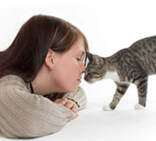 Source of Images: petmd.com/cat/behavior/cat-wags-tail | ■ Cat ready for interaction A quivering tail also means that your cat is excited to see you. Your cat will approach you with their tail high up in the air and the tip will do a little quivering movement. |
Your cat might also show this posture when she's peeing or marking her territory. In this case, your cat will back up against the edge of a litter box, wall, or piece of furniture.
Image Source: petmd.com/cat/behavior/cat-wags-tail
| ● FRIGHTENED CAT Felines wag their tails when they are frightened or startled. Usually, their tail will be stiff and the hair on their tail will rise, giving the tail a thicker puffed up appearance. ◄Image Source: animalfoodplanet.com/cats-wag-tails |
Your kitty can even tuck her tail between her legs in submission. This situation symbolizes that she does not want to engage in the fight. If your cat has an elevated tail, arched back, and pushed-back ears. It means your cat is scared but willing to fight the object. There may be another animal or an innocent thing, such as a leaf blowing in the wind, arousing fear in your cat.
This tail position is often triggered by feeling threatened by other animals in the yard, dogs approaching, visitors in the home, or sudden noises. Remove the inciting triggers to decrease your cat’s stress. If you try to interact with your cat when their hair is standing up, they may perceive your approach as a threat and become aggressive.
Image Source: petmd.com/cat/behavior/cat-wags-tail Image Source: tuxedo-cat.co.uk/cats-wag-tails/
Even when a cat that is lying down, she may express annoyance by aggressively wagging her tail in a large swishing motion or thunk it against the surface she’s lying on. If you have petted them too vigorously, cats show their annoyance by wagging or thumping their tail. As with humans, cats experience rising levels of annoyance and at each level the cat will show escalating agitation.
A cat may lower their tail below the level of their back if they are frightened or anxious. If your cat’s tail is tucked between their legs, then they are really scared or may be experiencing pain.
Source of Images: petmd.com/cat/behavior/cat-wags-tail
If your cat is sitting or lying down with their tail wrapped around her body, then she is frightened, defensive, in pain, or feeling unwell. Whatever the cause, the fur-parent should do whatever possible to ensure that your cat’s environment is free of stressors. If this persists with the cat frequently couching with the tail curled around their body, “Get thee to veterinarian post haste.”
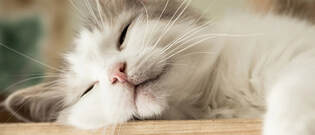
Cats love to sleep ‒ some up to eighteen hours a day ‒ and when they are in a light dream state, the tip of their tail may wag slightly from side to side. Young cats may show a more vigorous wagging since their nervous systems are still developing. An adult cat’s restful tail wagging is perhaps the equivalent of a human toe-tapping when you are engaged in a pleasurable activity. When cats feels secure and safe, they can sleep almost anywhere and in any position.
Image source: Image Source:
science beautifuldesktopwallpapers2014.blogspot.com/ vox.com/memory-improvement-psychology-science
| ● CURIOUS CAT Hook-shaped tail means a cat is curious and playful. A low hanging tail with curl means a cat is cautious but still curious. Cats love to inspect things and can stare at them for a long time, sometimes deciding if the “thing” is worthy of attacking. Image source: tuxedo-cat.co.uk/why-cats-wag-their-tails/ |
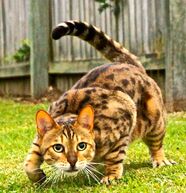
The bottom line is “a cat is always a predator”. That’s wired-in behavior no matter how domesticated the animal is.
The predator cat will stalk its prey, then pounce, kill, remove and then eat their prey. When a cat is in stalking mode, she will move slowly, often with pauses while she “waits”. Cats will shift weight in the rear legs as they get ready for a quick sprint and pounce action. Image Source: za.pinterest.com/pin/553731716654612430/
Then the cat pounces, he lifts off with his back feet and pounces on their prey. Once he catches the prey, he quickly kills it with a fatal bite then takes off to a safe location where they do not feel vulnerable and exposed to have their snack.
THE FINAL TALE
“What happens to a cat born with no tail?” you ask. Yes, there are breeds of cats with no tails, and sometimes other breeds are just born without them. A cat born without a tail will never miss it. Their brains develop without the presence of the sensory input from the tail, but researchers and scientists know that the tail can serve a purpose in balance and psychological well-being. Cats with tails removed because of illness or injury adjust very well most of the time.
You, as the fur-parent will just have to learn your cat’s way of communication.
JUST SAYIN.
□
Sources:
https://www.animalfoodplanet.com/cats-wag-their-tails-while-lying-down/#:~:text=6%20Reasons%20Cats%20Wag%20Their%20Tails%20While%20Lying,Restfulness.%20...%205%20Playfulness.%20...%206%20Happiness.%20
https://cutelitterbox.com/why-do-cats-wag-their-tails/#:~:text=Here%20are%20some%20reasons%20why%20your%20cat%20wagging,cat.%205%20Cat%20is%20in%20pain.%20More%20items
https://www.petmd.com/cat/behavior/evr_ct_what-does-it-mean-when-a-cat-wags-tail#:~:text=Why%20Do%20Cats%20Wag%20Their%20Tails%3F%201%20Thrashing,3%20Swishing%20Tails.%20...%204%20Tail%20Quivers.%20
https://www.lifesize.com/en/blog/speaking-without-words/#:~:text=What%20percentage%20of%20communication%20is%20nonverbal%3F%20There%20have,to%2093%20percent%20of%20all%20communication%20is%20nonverbal.
https://www.bing.com/images/search?view=detailV2&ccid=EJ%2BVgrxs&id=2476DD12F7C3518F3558F24BE3F813B93DFB72A6&thid=OIP.EJ-Vgrxs8iowF_7WOBUA-QHaLG&mediaurl=https%3A%2F%2Fi.pinimg.com%2Foriginals%2Fac%2F10%2F8d%2Fac108daabe70f46330bac09697b6c146.png&cdnurl=ht
https://www.kitnipbox.com/meow/index.php/2020/01/16/what-does-your-cats-tail-say/canva-angry-calico-cat-lying-on-edge-of-bed-wagging-tail-1/
https://www.petplace.com/article/cats/pet-behavior-training/cat-behavior-training/how-do-cats-communicate-with-humans/
https://www.teddyfeed.com/pets/cats-different-tail-movements-mean/
https://www.animalfoodplanet.com/cats-wag-their-tails-wh
http://www.caticles.com/cat-tail-meaning
http://www.whycatwhy.com/how-to-decode-your-cats-tail-a-masterclass/
https://www.purina.co.uk/articles/cats/behaviour/common-questions/why-do-cats-wag-their-tails
https://www.purina.com.au/cats/behaviour/dreaming#.YksVN-jMLcc
https://www.tuxedo-cat.co.uk/why-cats-wag-their-tails/
https://catvills.com/why-cat-stare-at-the-wall/
https://www.vox.com/2014/11/13/7198639/memory-improvement-psychology-science
http://beautifuldesktopwallpapers2014.blogspot.com/2013/11/sleeping-cat-wallpaper-cute-on-pc.html
https://www.caticles.com/cat-tail-meaning/
https://fineartamerica.com/featured/1-playful-kitten-susan-leggett.html
https://www.pinterest.com/pin/264656915575835862/
https://iheartcats.com/vet-4-things-know-cats-tail/
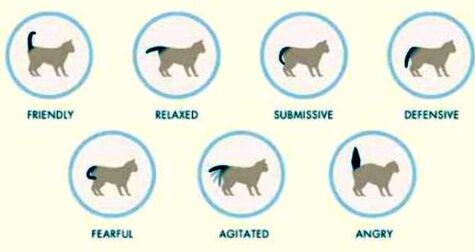
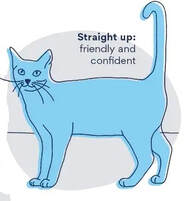
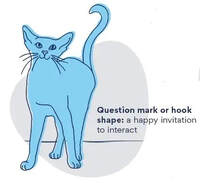
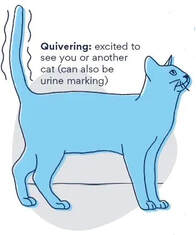
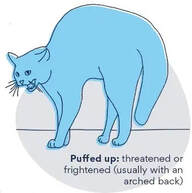
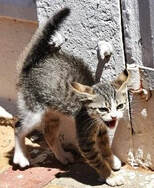
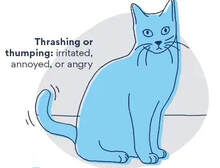
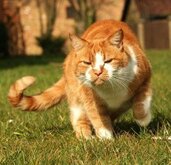
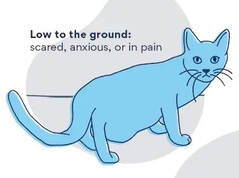
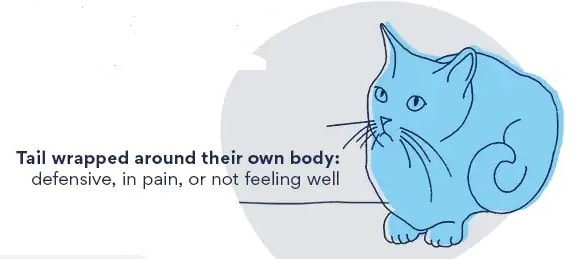
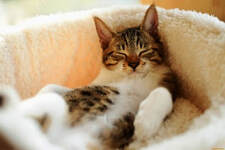
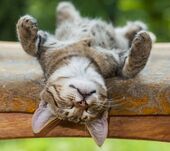
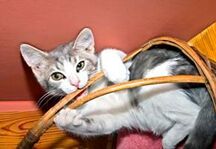
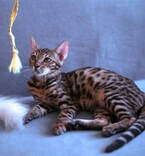
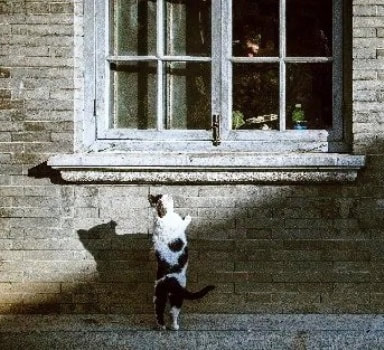
 RSS Feed
RSS Feed